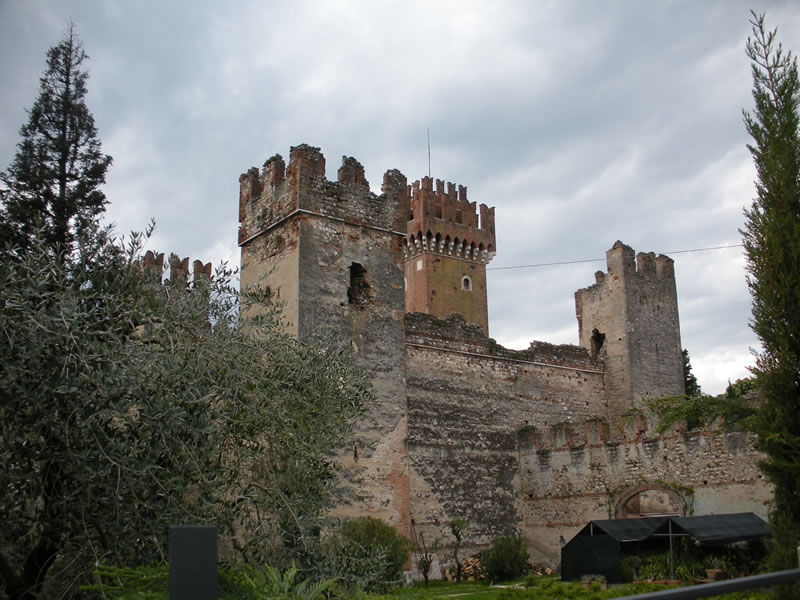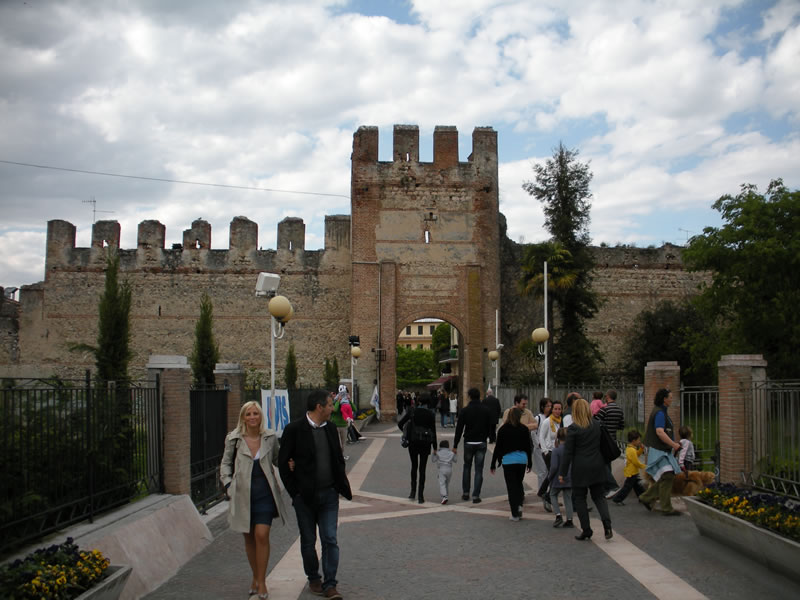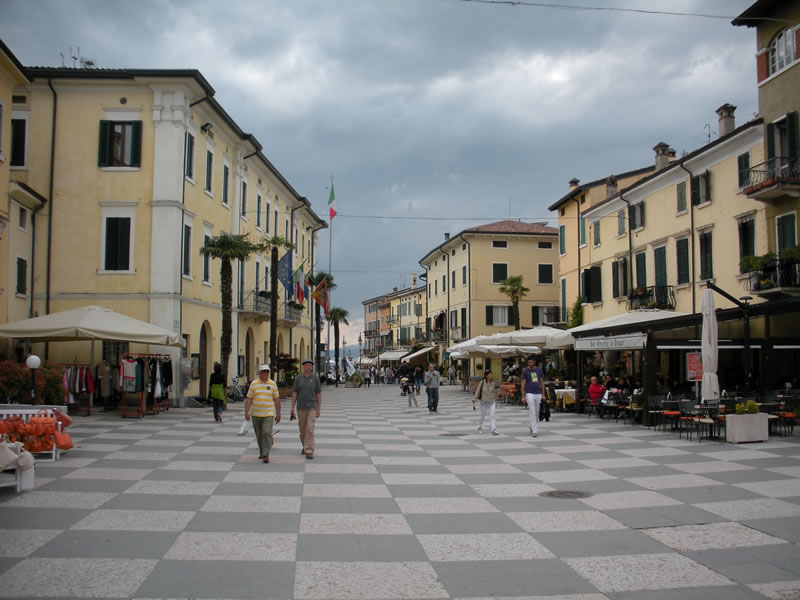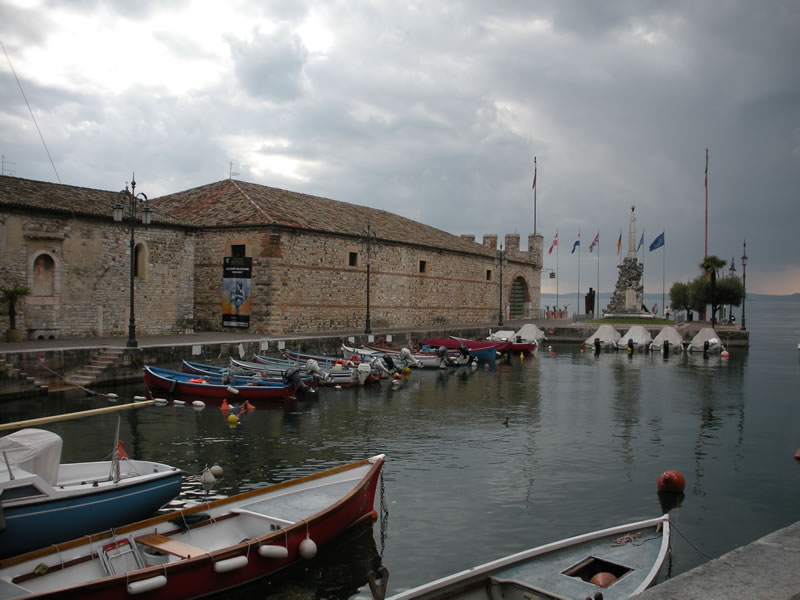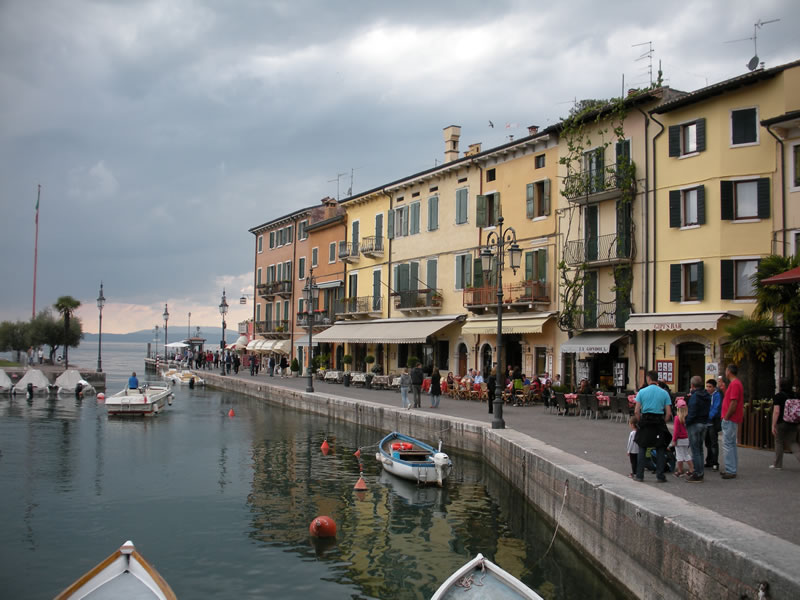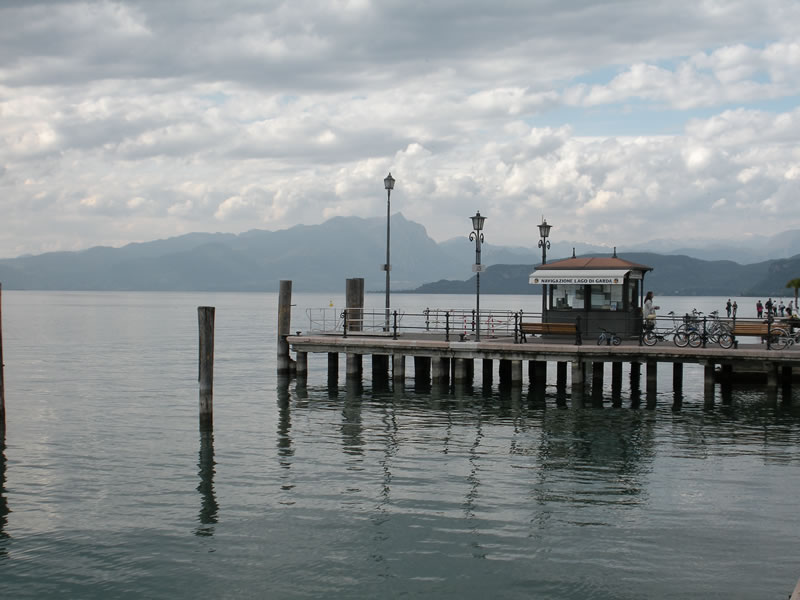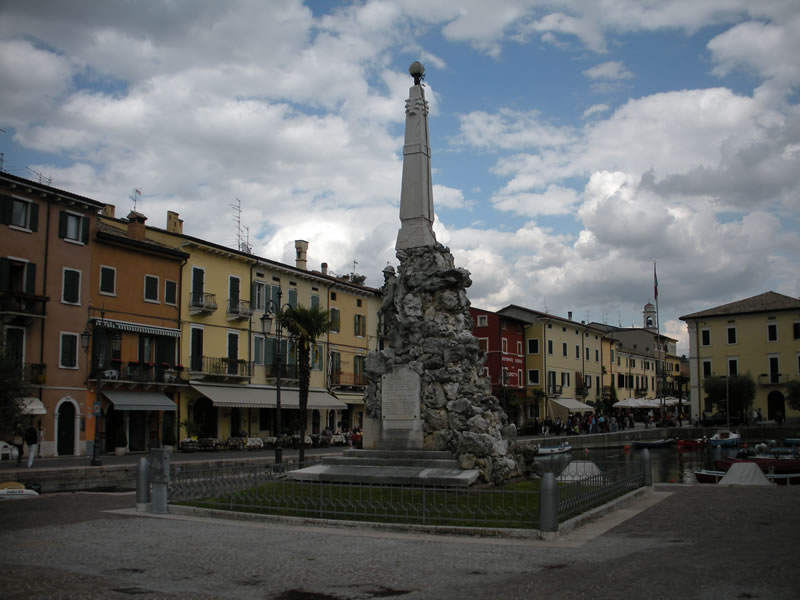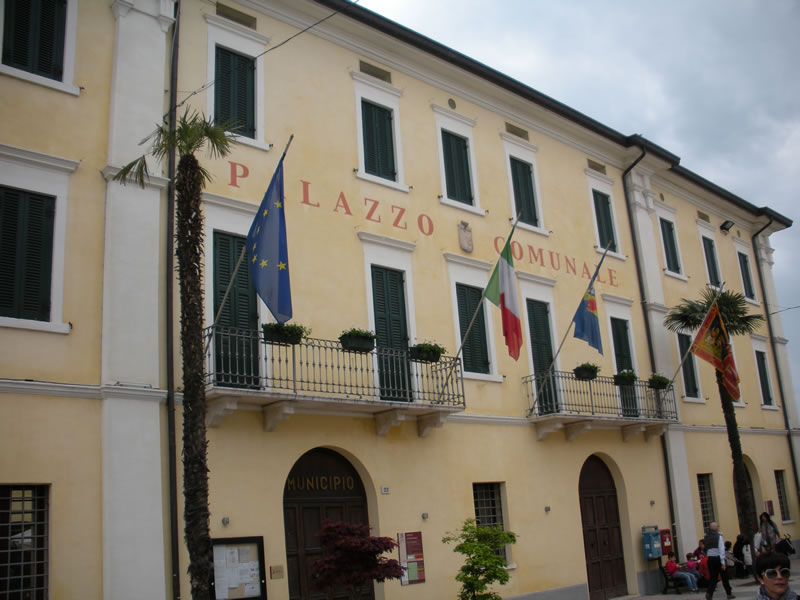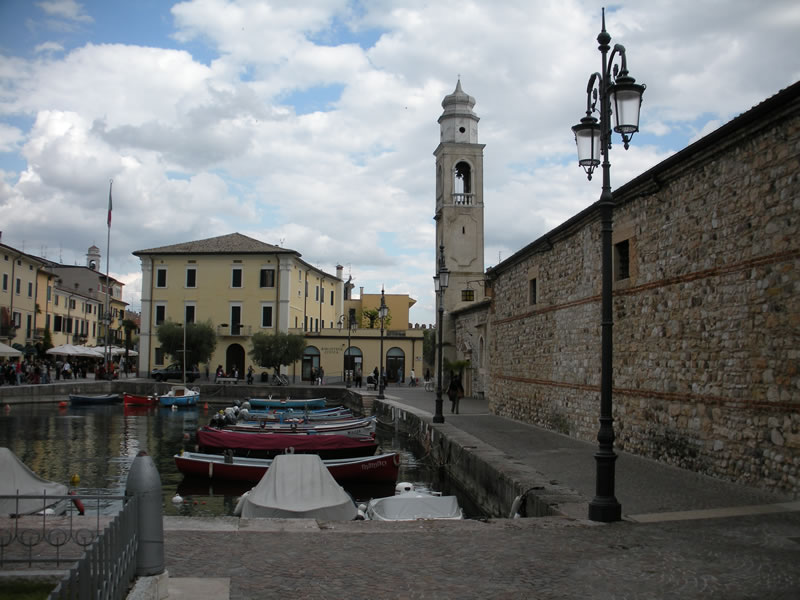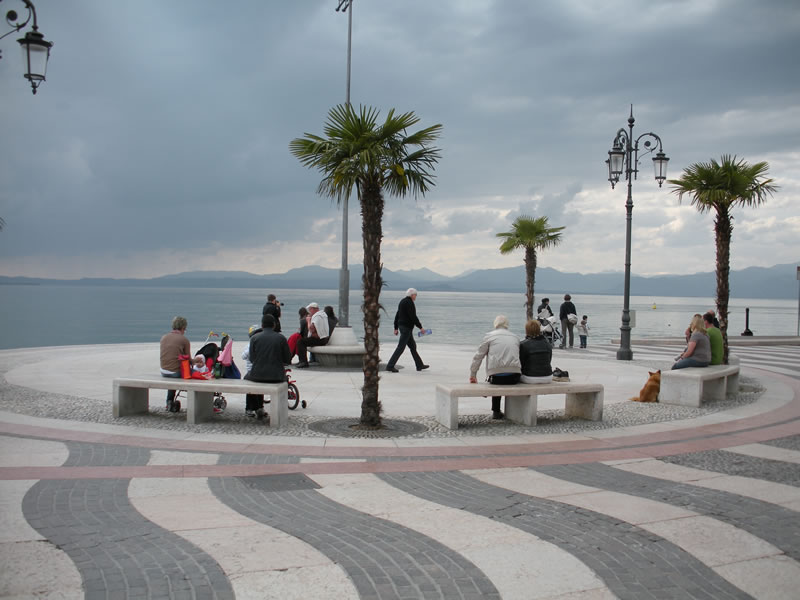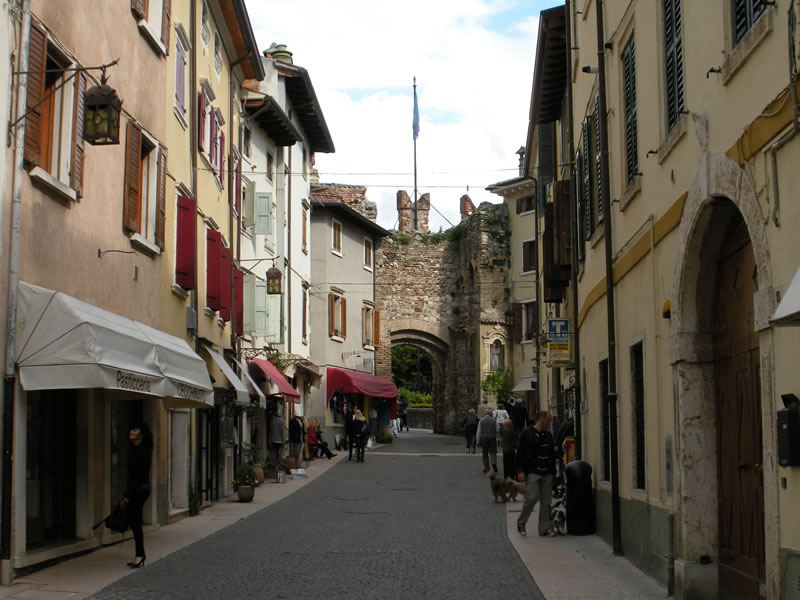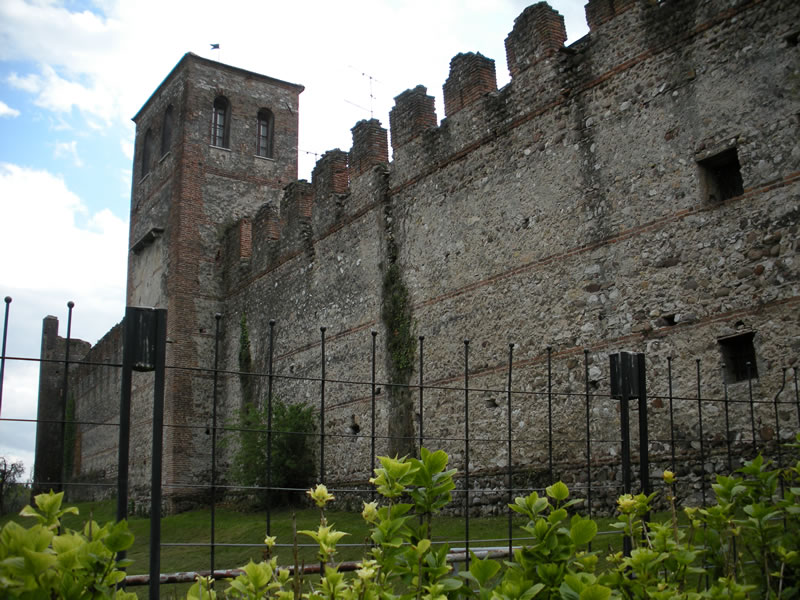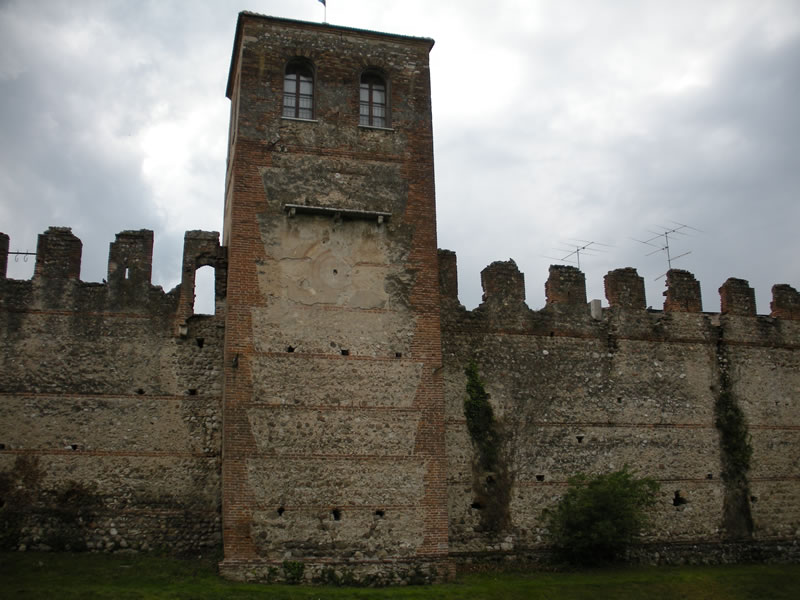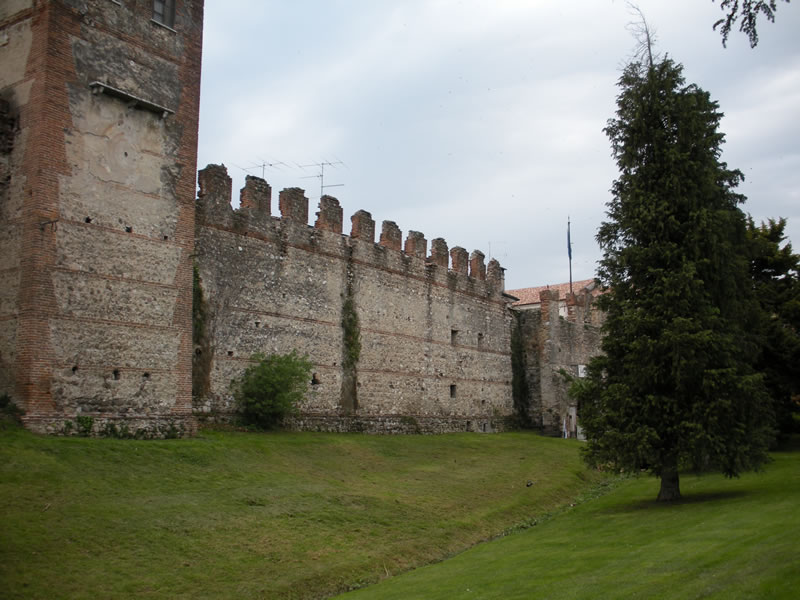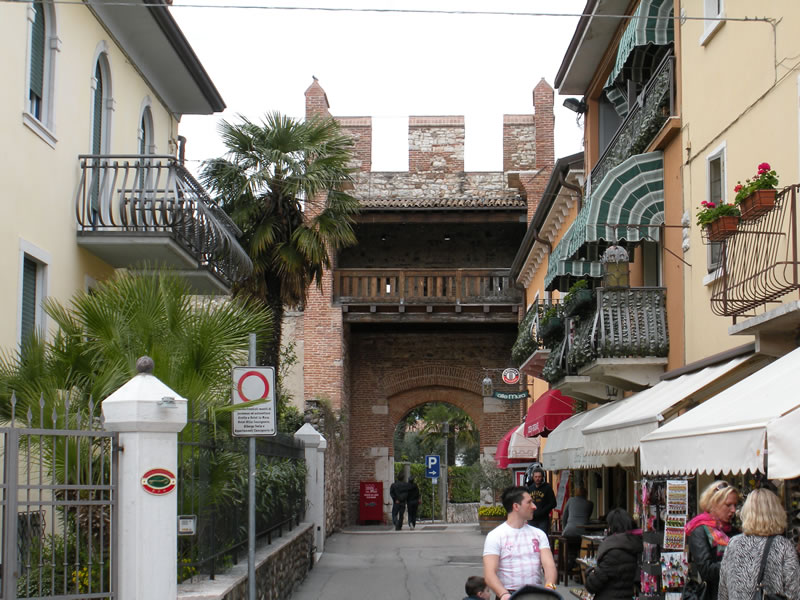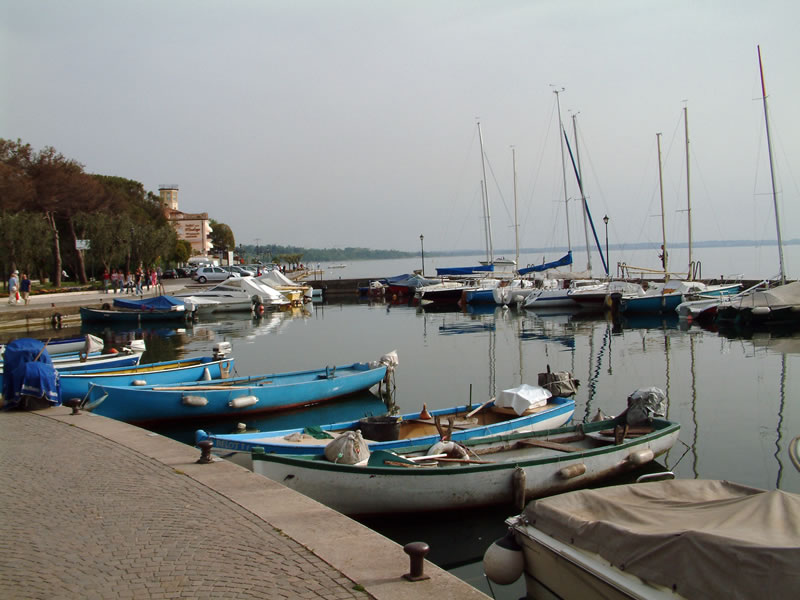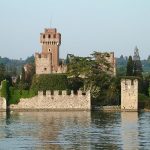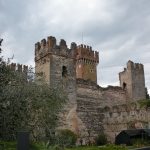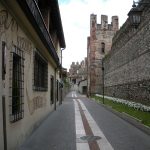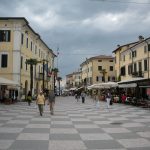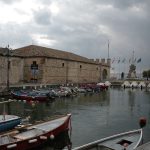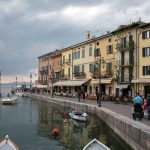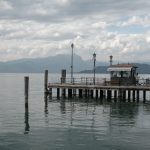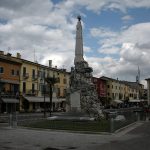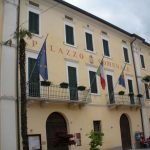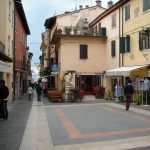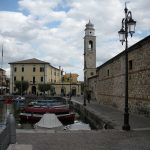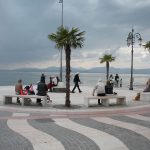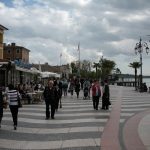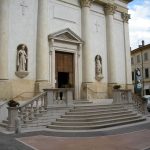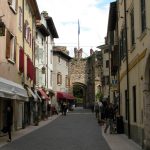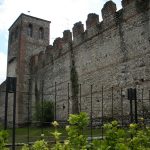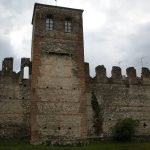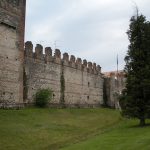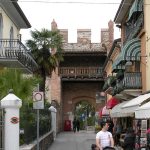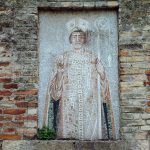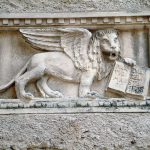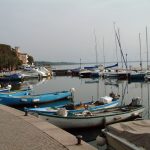Lazise
HISTORY OF LAZISE
The town is dominated by the Scaligeri castle, one of the most interesting of Garda, with high walls and six powerful towers. Just habited in the Prehistoric-epoch, the name “Lazise” dates back to Roman supremacy and means lacus = lake. During the domination of the Longobards, the town took part of “Corte Regia di Garda“. But its glory time began during the 10th. century, when King Ottone II was ruling. The inhabitants got the fisher -rights and they enlarged the fortress and strengthened the walls. In 1.077 it fell under supremacy of King Henry VI, who let camp military troops at the southern end of the town. In the 12th. century Lazise became free community. The castle as well as the walls were enlarged by the Scaligeri, then, after a short sovereign of the Carraresi Family, in 1405, Lazise took part of the “Serenissima (Republic of Venice)”, the beginning of an rich merchandizing and trading period in this town. About 100m from the harbour, in front of the historical centre, a Venetian nave is lying down on the sea-ground. The ship sank by hand of the crew, during the war of the Cambrai Family, for escaping from the enemy. For a long period the town was squat by German and French troops, especially during the conquest-wars of Austria (1701-1704). After the Peace Treaty of Campoformio, the 17th. of August 1797, the frontier between Hapsburg and Republic “Cisalpina” was directly in the midst of Lazise. During the first Independence War of Italy, this territory became scenery of many battles against Austria and finally, in 1866, Lazise took part of Republic of Italy.
ARTS
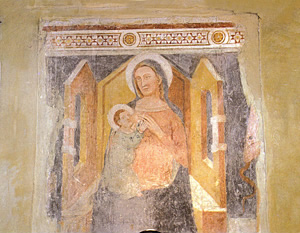 Parking nearby the portal “Porta del Lion” you easily can find out this marvellous hamlet. Nearby the port, there is the famous palace “Villa Bernini“, built during the second part of the 18th. century, by the duke “Conte Giovanni Battista Buri”, buying the ruins of the Scaligeri castle and erecting a wonderful park around the fortress. So the villa was edified on the territory of the castle, but it is not allowed to visit the palace as well as the fortress. The area is only opened for public open-air concerts, the castle-walls are strengthened by six high towers, opened inside, interesting its powerful main-tower, called “Mastio“. At the port you can find the small church “San Nicolò“, built in Roman stile, in the 12th. century. Inside it keeps interesting frescoes of the Middle Ages. The characteristic facade contains a sculpture of a Madonna with child (13th. century.), the bell-tower was built in the 17th. century. The shipyard, where Scaligeri ships anchored, was changed in a basin of Nitro-Glycerine, a nitrate, for producing shooting-powder. But that occupation was stopped in 1607, the place became port again, a frontier for the ship-trades with Lombardia. Today you can always find some antique fisher boats, because once a time most of the inhabitants were fishermen, with fisher – rights and high quantity of fish in Lake Garda. Its mole is decorated by the statue of the famous Francesco Fontana (1794-1867), a botanic and a pharmacist, he discovered the chemical element “Salizinium“. Let us go for a walk on the lake-promenade, called “Lungolago“, reaching the palace “Villa della Pergolana” on the right side, unfortunately not to visit. Next to the house they built a small church, in the 15th. century, consecrated to “Santa Maria delle Grazie“. In those days the palace was a monastery and in the middle of the 18th. century they conversed it in a villa, by the famous architect Giacomo Franco. The villa has a beautiful park with a romantic lake-view. We turn back to the square “Piazza” of the port, where small narrow lanes are curving in-and outside the centre. You can see the Parish, built in the 19th. century, in Neoclassic stile. Among all the famous villas, there is to announce “Villa Bottona” nearby the camping “la Quercia”. The name “Bottona” means: barrels, stored in the basement of the building, a revival of the Middle Ages. This villa, too, has use of a magnificent park. At least there is to mention Villa Baratta with its beautiful garden. On the hills “Colline Moreniche“, where vine and grain is growing, lies Colà, a little village in Roman stile, with a Parish of the 17th. century (1756-1762). Inside it keeps two paintings by Agostino Ugolini and in the presbytery you can see a precious opera by Farinati (15th. century).The village Pacengo is concentrated round its church’s square, called “Piazza”. The Parish, built in Neoclassic stile, at the end of the 17th. century, was planned by the famous architect Leonardo Rossi. Inside you can admire the wonderful marble high-altar (17th. century). Zoppi and Antonio Spazzi created here two beautiful angel-sculptures, in Carrara-Marble, to see in the entrance-hall. The paintings inside are by Pio Patti (1792), in the sacristy we can find a precious painting of the 16th. century, by Marcantonio Bassetti, named “Il battesimo di Gesu Cristo“. On the road “Via Gardesana” you must turn left, arriving at a little port with a dam. Many important discoveries were made in this place. During the last century they found tools of the Bronze Epoch and ruins of Roman buildings.
Parking nearby the portal “Porta del Lion” you easily can find out this marvellous hamlet. Nearby the port, there is the famous palace “Villa Bernini“, built during the second part of the 18th. century, by the duke “Conte Giovanni Battista Buri”, buying the ruins of the Scaligeri castle and erecting a wonderful park around the fortress. So the villa was edified on the territory of the castle, but it is not allowed to visit the palace as well as the fortress. The area is only opened for public open-air concerts, the castle-walls are strengthened by six high towers, opened inside, interesting its powerful main-tower, called “Mastio“. At the port you can find the small church “San Nicolò“, built in Roman stile, in the 12th. century. Inside it keeps interesting frescoes of the Middle Ages. The characteristic facade contains a sculpture of a Madonna with child (13th. century.), the bell-tower was built in the 17th. century. The shipyard, where Scaligeri ships anchored, was changed in a basin of Nitro-Glycerine, a nitrate, for producing shooting-powder. But that occupation was stopped in 1607, the place became port again, a frontier for the ship-trades with Lombardia. Today you can always find some antique fisher boats, because once a time most of the inhabitants were fishermen, with fisher – rights and high quantity of fish in Lake Garda. Its mole is decorated by the statue of the famous Francesco Fontana (1794-1867), a botanic and a pharmacist, he discovered the chemical element “Salizinium“. Let us go for a walk on the lake-promenade, called “Lungolago“, reaching the palace “Villa della Pergolana” on the right side, unfortunately not to visit. Next to the house they built a small church, in the 15th. century, consecrated to “Santa Maria delle Grazie“. In those days the palace was a monastery and in the middle of the 18th. century they conversed it in a villa, by the famous architect Giacomo Franco. The villa has a beautiful park with a romantic lake-view. We turn back to the square “Piazza” of the port, where small narrow lanes are curving in-and outside the centre. You can see the Parish, built in the 19th. century, in Neoclassic stile. Among all the famous villas, there is to announce “Villa Bottona” nearby the camping “la Quercia”. The name “Bottona” means: barrels, stored in the basement of the building, a revival of the Middle Ages. This villa, too, has use of a magnificent park. At least there is to mention Villa Baratta with its beautiful garden. On the hills “Colline Moreniche“, where vine and grain is growing, lies Colà, a little village in Roman stile, with a Parish of the 17th. century (1756-1762). Inside it keeps two paintings by Agostino Ugolini and in the presbytery you can see a precious opera by Farinati (15th. century).The village Pacengo is concentrated round its church’s square, called “Piazza”. The Parish, built in Neoclassic stile, at the end of the 17th. century, was planned by the famous architect Leonardo Rossi. Inside you can admire the wonderful marble high-altar (17th. century). Zoppi and Antonio Spazzi created here two beautiful angel-sculptures, in Carrara-Marble, to see in the entrance-hall. The paintings inside are by Pio Patti (1792), in the sacristy we can find a precious painting of the 16th. century, by Marcantonio Bassetti, named “Il battesimo di Gesu Cristo“. On the road “Via Gardesana” you must turn left, arriving at a little port with a dam. Many important discoveries were made in this place. During the last century they found tools of the Bronze Epoch and ruins of Roman buildings.
ATTRACTIONS
In the background of Lazise there are to visit a lot of wonderful villas. One of these, well- known, is called “Villa dei Cedri“, situated in a enormous park with a thermal-source of sulphur-water. In the midst of the park there is a little lake (about 5.000qm) with a thermal-source, coming out of the sea-ground and heating the water to 37°C. Every two days the water will be completely renewed. The main building, edified in the 17th. century, is in Neoclassic stile. First it was inhabited by a titled family, “Signori Moscardo“, they were fantastic scientists in botany, creating that paradise of vegetation. Today, walking along this wonderful park, you can find a little description under enormous trees or nearby special plants, specifying its characteristics and its habitat. Here in this magnificent park are growing some 200 – years – old Sequioa – trees, innumerable cedars, groups of gigantic oak-trees, and the fantastic “strawberry-trees”. You can spent the whole day in this beautiful “ambiente”, swimming and relaxing… it is a real wellness for everyone!
“Parco Natura Viva” is an Auto-Safari Park, situated between Pastrengo and Bussolengo, quite in the background of Lazise. You can go round the park by your own car, admiring lions, tigers, monkeys and many species of birds. In this centre is a zoo, too, where you can find all kinds of animals and a reproduction of a dinosaur-park with copies in original height. Castelnuovo del Garda, has a district, called Ronchi, where you can find Gardaland, one of the most important amusement-parks of Italy, immersed in a lawn (200.000 mq) with more than 500.000 guests a year. Here is Italian’s greatest dolphin-show and plenty of attractions. The ancient castle of Castelnuovo was destroyed in 1155 by King Barbarossa today you can visit only one tower. The Parish, restored in 1700 keeps a painting of Brusaorzi, the bell tower was edified in the 16th. century . Another nice church (1732) stands in the hamlet Sandrà (altitude 156 m) with a precious painting, representing Sant’Andrea, always by Brusaorzi. A wonderful Neoclassic building, named “Villa Mosconi” was built in the 16th. century and later it was completely restored. In the centre rises another palace “Villa Borgognoni – Tommasi“, completely restored in 1851, with a wonderful arcade.

